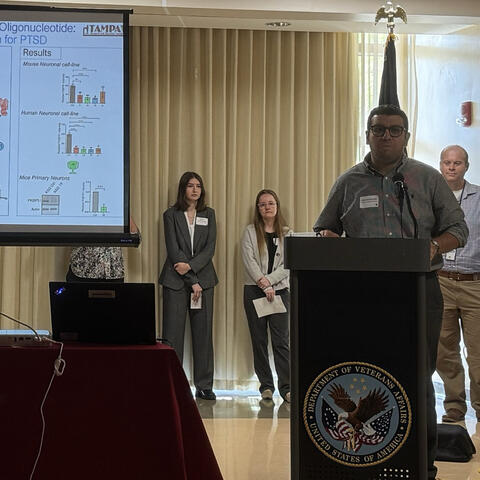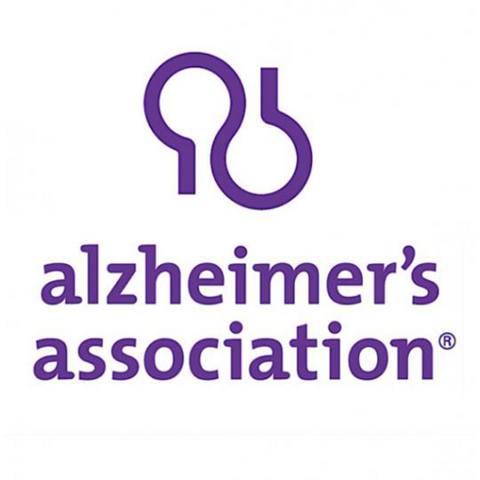

Blair Lab
Running, talking, breathing, remembering…
These things are coordinated by thousands of different proteins at work in our cells. Among them is a group of sentinels called chaperones that ensure the propriety of the majority of cellular proteins and resultant cellular functions. Our lab is focused on the role of chaperones in a group of more than 15 neurological degenerative diseases collectively termed “tauopathies”, the most common being Alzheimer’s disease. We hope that an understanding of chaperone function will enable therapeutic strategies that increase quality of life, halt disease progression and ultimately cure neurodegenerative diseases.
Research Overview
Our lab is focused on preserving brain health through the regulation of the cell’s natural defense system, the molecular chaperone network. This network gets out of balance through aging and disease, which contribute to neuropsychiatric disorders like post-traumatic stress disorder (PTSD) and Alzheimer’s disease. Our group is systematically interrogating how specific chaperones preserve or destroy protein aggregates in Alzheimer’s disease and how the balance of one particular chaperone, FKBP51, impacts stress response for stress-related mental health disorders. In addition to expanding our knowledge about the biology and identifying targets, we are working to develop therapeutics to restore the balance through the regulation of molecular chaperones and therefore preserve brain health at the same time. We are confident that this strategy will yield tractable therapies to halt or possibly reverse Alzheimer’s disease progression as well as help reduce symptoms associated with PTSD and depression.



